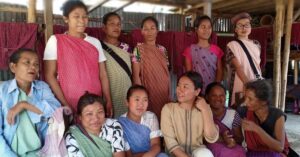Banana Saris, Lotus Shawls, Bamboo Jeans: How Desi Fashion Is Going Green!
From using whole banana plants, bamboo fibre and other plant-based materials, here's how Indian designers are modifying their designs to become more sustainable.

Changing the type of fabric or the accessories you use could potentially stop generating waste that clutters landfills while helping you make a unique fashion statement.
This isn’t about ethical, sustainable or slow fashion. This is a complete change in the basic fabric used by all of us. Changing from polyester to cotton or even organic cotton is passé because cotton, though comfortable, is the most water guzzling crop. According to the World Wildlife Fund (WWF), the plant needs 10,000 litres of water to get just one kilo of usable cotton.
So the time has come to replace cotton with alternatives like plant waste or the agro residue.
After harvesting the edible and other parts of plants like banana, pineapple, hemp, jute, lotus, bamboo, eucalyptus, flax, cork, sugarcane, etc, what remains is the plant biomass or the waste residue which are generally burnt causing air pollution or go into landfills. This waste is the best source of biopolymers like cellulose, lignin, pectin etc, which can be converted into textile fibres.
Of Natural Fibres
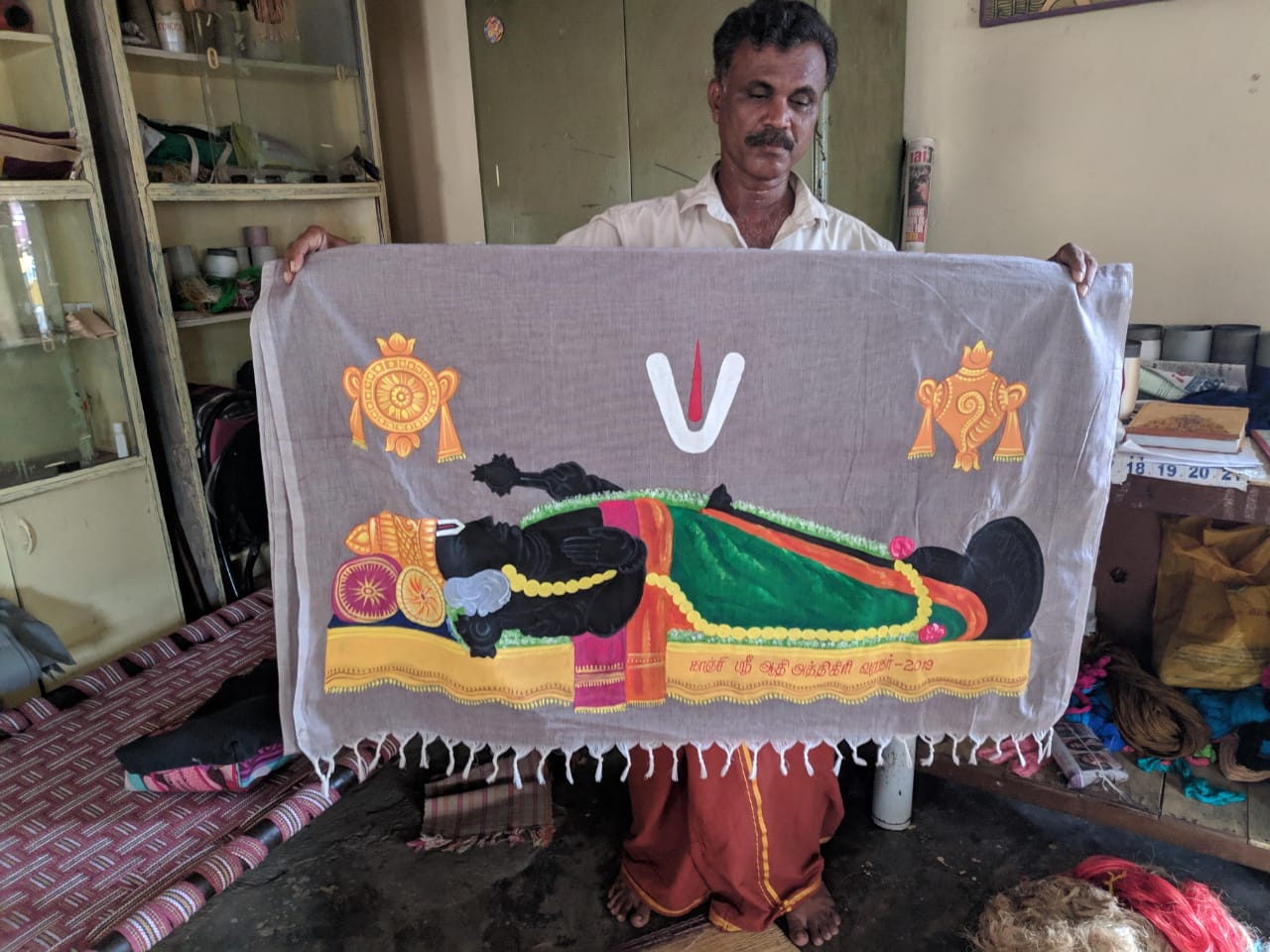
Tamil Nadu-based C Sekar, president of the Anakaputhur Weavers Association, known to weave clothes from natural fibres, says, “Everyday, in the temples of Tamil Nadu, Andhra Pradesh and Kerala, enormous amounts of banana plants are used to decorate the temple and the deity. The next day, they are thrown out. We collect and source fibres from this waste. Banana stems are the best source of fibre to make the yarn.”
Sekar, a third-generation weaver from Anakaputhur, (earlier famous for chequered Madras fabric), is well known in the weaving community and others associated with the textile industry. Ananafit, the brand under which he markets these products, experiments with natural fibres and his group of women weavers love to make yarns and weave fabric from banana, pineapple, bamboo, aloe vera plants. Sekar is now experimenting to produce silk yarn from lotus plants. In fact, he holds a Limca Book of Records (2011) of weaving a sari pallu using 25 natural fibres.
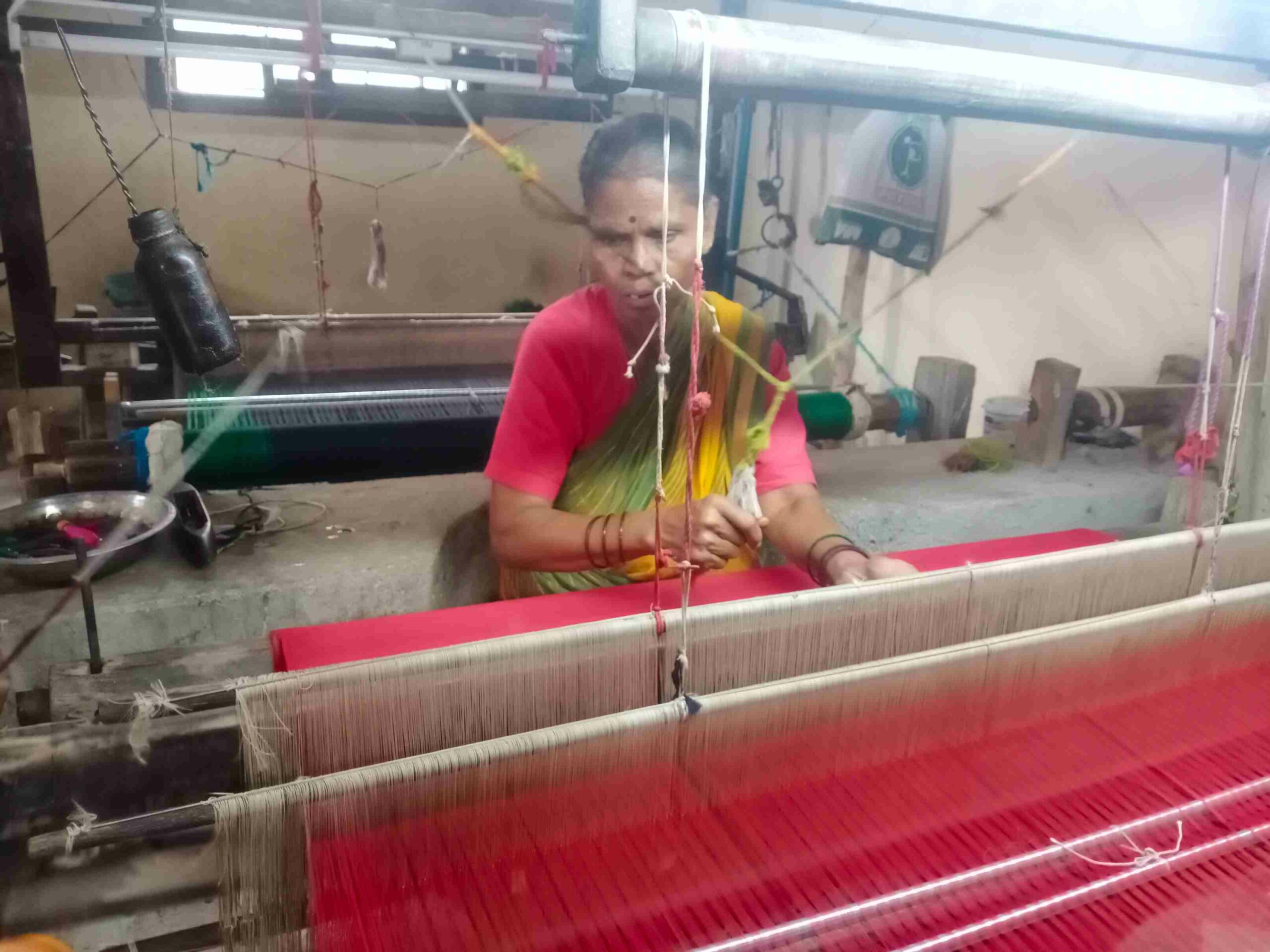
Problem is that the majority of Indian consumers aren’t yet aware of these textiles nor is the textile industry ready to produce the agricultural waste into textile yarn. As Sekar points out, the handloom weavers are ready to experiment but they aren’t getting the technical support needed to make these yarns, to weave the fabric in bulk.
Very few Indian industrial yarn producers have ventured into making these yarns and the production is limited as there isn’t much demand. Whereas several European countries like UK, Portugal, Germany, Italy and others like Australia, China, Canada, Brazil, USA, etc, have started production in bulk. According to UK-based Agraloop, a company which specialises in producing textile grade fibres from agricultural produce, annually nearly 250 million tonnes of fibre can be produced which is more than two and half times the global demand for the fibre from five plants—hemp seed oil, flaxseed oil, banana stem, sugarcane bark and pineapple leaves. According to Green Whisper, a France-based company with Indian roots who specialise mainly in banana fabric, the world produces 1 billion tonnes of agro residue.
That’s the best advantage of these plant waste fabric because there is no dearth of raw material.

In a good harvest year, globally 86 million tonnes of banana is produced and in India alone 297 lakh tonnes. Pineapple production is nearly 2620 lakh tonnes and India produces some 16 lakh tonnes. It is estimated that 1.3 billion tonnes of food is wasted globally each year i.e. one third of all food produced for human consumption.
But slowly, the global fashion industry is waking up to the beauty of these fibres and their lesser impact on the environment. Many internationally well-known fashion houses like Salvatore Ferragamo have dresses for fabric made from orange peel. H&M, Hugo Boss, Paul Smith use Pinatex (made from pineapple leaves), and of course the famous Gucci and Prada use various plant-based fabrics too. Banana fabric is the most popular with a natural sheen resembling silk.
Hemp & Vegan Leather
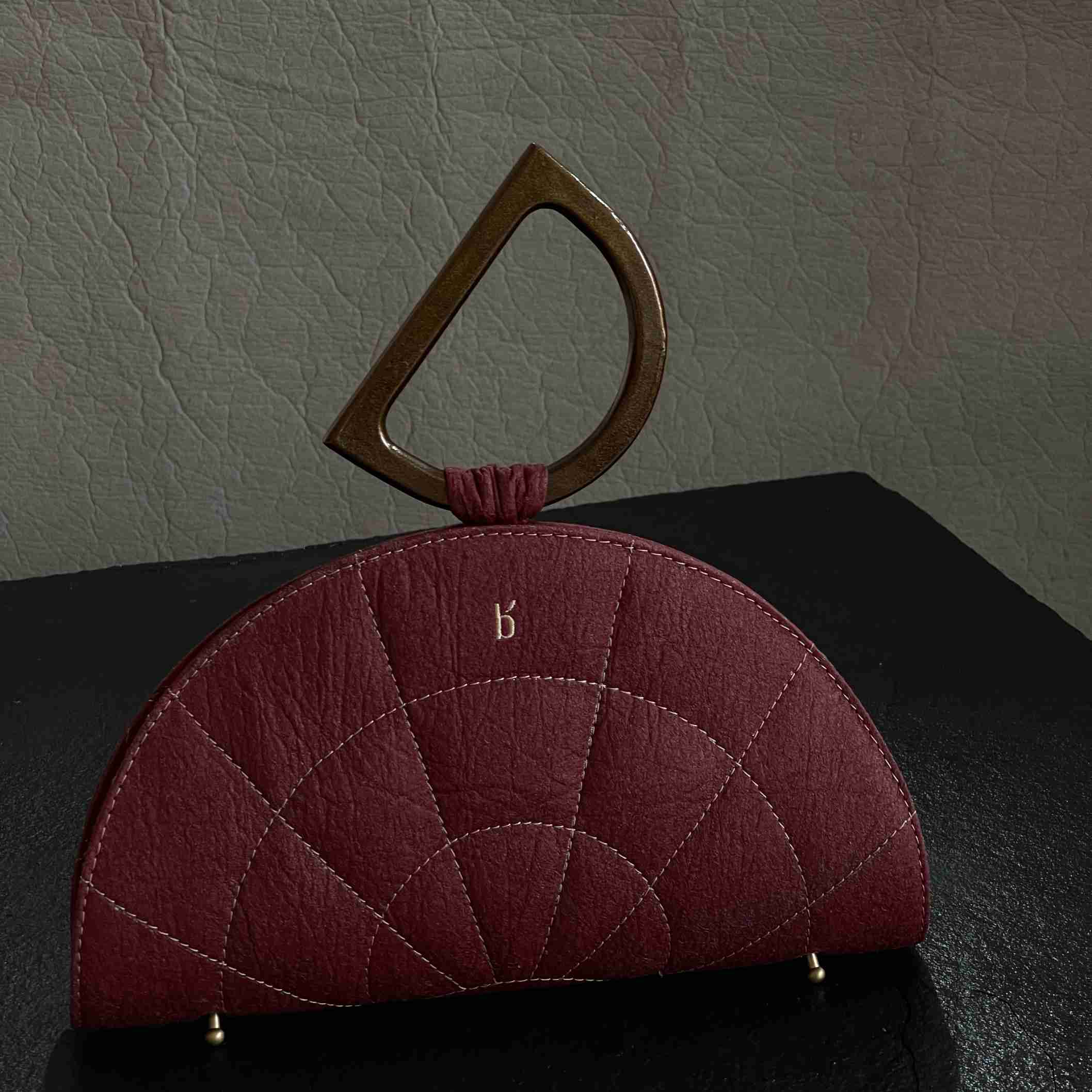
“Fabric from hemp is good too. The more you wash a garment made from hemp the more soft and comfortable it becomes,” says Mumbai-based young designer Neha Rao, who heads the Hemp Fabric Lab of Bombay Hemp Company (BOHECO).
She says her reason for opting to be a designer with a difference is her first-hand experience in this second-largest polluting industry that made her more passionate about becoming an active change agent.
The problem that she encounters is that as hemp can’t be legally cultivated in India, they have to import the yarn. They get it from many South Asian countries, especially China where 70 per cent of world hemp is harvested, and Afghanistan. “Fabric using hemp can either be 100 percent hemp or a blend. Indian users are yet to become aware of the comfort of this fabric, says Neha, who is also a sustainable textile designer.
Like Neha, many young Indian textile and accessories designers are opting for plant waste yarns and fabric. Kolkata-based Arundhati Kumar who has her designing and manufacturing set up under the brand name ‘Beej’ in Mumbai, loves to makes accessories from vegan leather.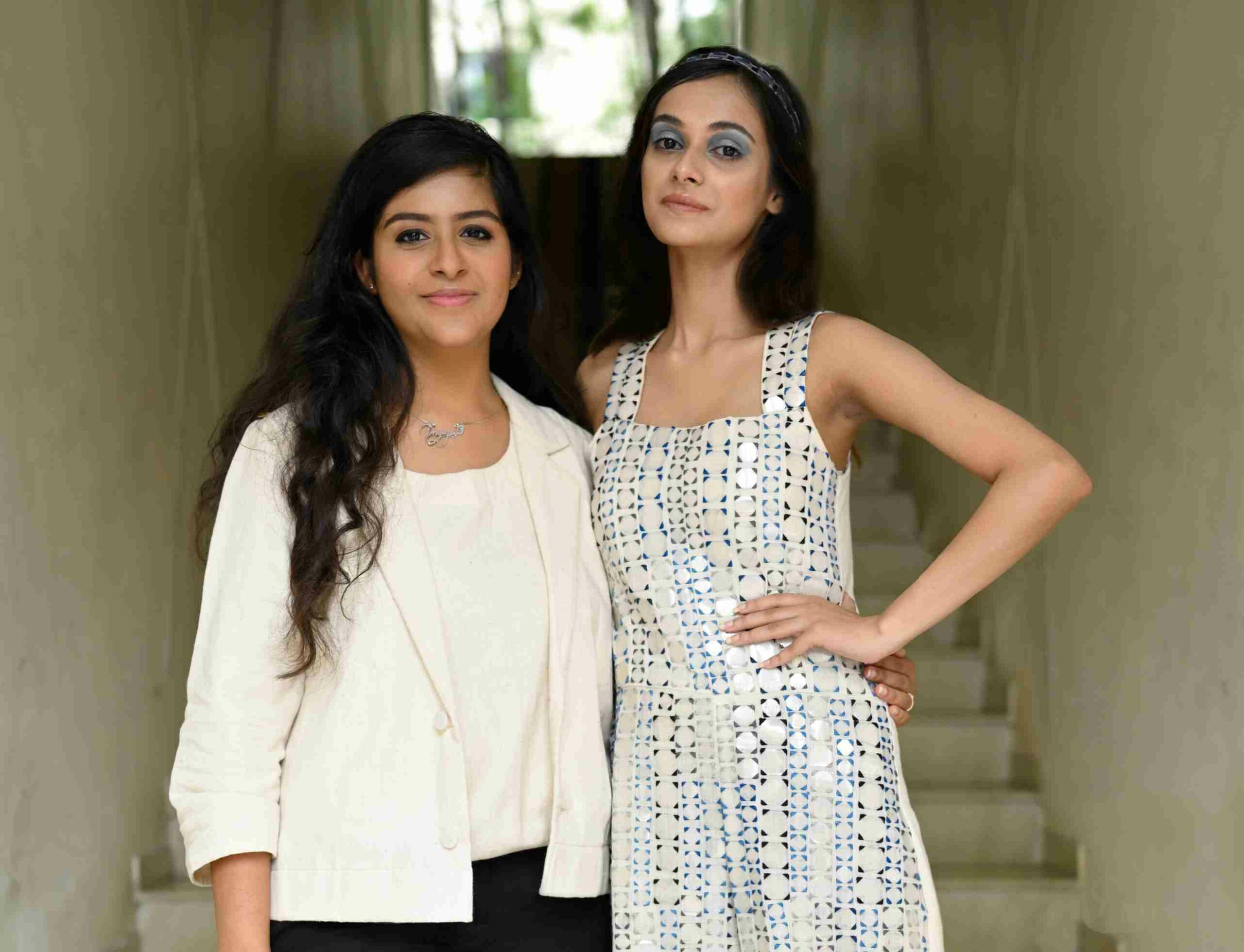
Hailing from a family of common leather goods manufacturers, it was a vacation in Europe where the uncharacteristic heat that year forced her to accept the reality of climate change. What started as a personal lifestyle change of using sustainable products soon became her passion and work.
“We work with a range of innovative materials which includes cork extracted from cork plant, Piñatex made from Pineapple leaf fibres and Desserto, a leather alternative made from cactus pulp. Carefully selected for its impact, every part including the lining fabric of the products are made from consumer recycled yarn’’, says the self-taught designer who makes bags, clutches, belts etc. with material sourced from Europe.
Bengaluru-based Devdeep Saha of Loom Circle, who at present designs men’s apparel, focuses mainly on banana, lotus silk and bamboo fabric. He agrees that all these yarns need to be blended with other yarns like cotton, modal etc. and in the given circumstances can’t be completely sustainable at least in India as there are almost no quality and quantity producers of these yarns..
Devdeep says, “Efforts need to be made to completely transform the fabric industry. At present, sustainable fabric isn’t affordable by all. It’s clubbed into a luxury segment. These products can become affordable if the yarns are produced locally. We procure yarns from Italy,
Portugal, UK, Vietnam and others. If we can get quality textile grade yarn in India, the price of products will naturally come down which will lure fashion designers and also consumers.”
Recently, a group of fashion brands and industries started the ‘Fashion Forward Fellowship’ to support GenNext to take sustainable fashion forward. The winner of Rs 1 lakh grant, Priyal Turakhia of The United World Institute of Design, Karnavati University, designed a very innovative women’s garment. She not only used organic ethical cotton but enhanced her garments with one-time-use plastic waste, with the hope that this would help the reuse of plastic waste in the fashion industry.
Through her brand Nirantar, Priyal used water and cosmetic product bottles to embellish dresses made from handwoven organic cotton from Kutch. She also made sure not to use any dyeing material, which is another great source of pollutants. The young winner says, “These bottles and their caps are so colourful that they make the designed apparel quite colourful. So by cutting into different shapes, smoothing and shaping the plastic waste I could easily use them to enhance my designs, and they are as comfortable as any other attire which is embellished with sequins.”
So the fashion industry is brewing new ideas and new trends. Younger designers want to challenge the status quo. Handloom weavers are ready to incorporate new steps. The need of the hour is for governments and big textile industries to step in and aid the trendsetters in making this world as pollutant free as possible.
(Edited by Yoshita Rao)
This story made me
- 97
- 121
- 89
- 167
Tell Us More
We bring stories straight from the heart of India, to inspire millions and create a wave of impact. Our positive movement is growing bigger everyday, and we would love for you to join it.
Please contribute whatever you can, every little penny helps our team in bringing you more stories that support dreams and spread hope.







